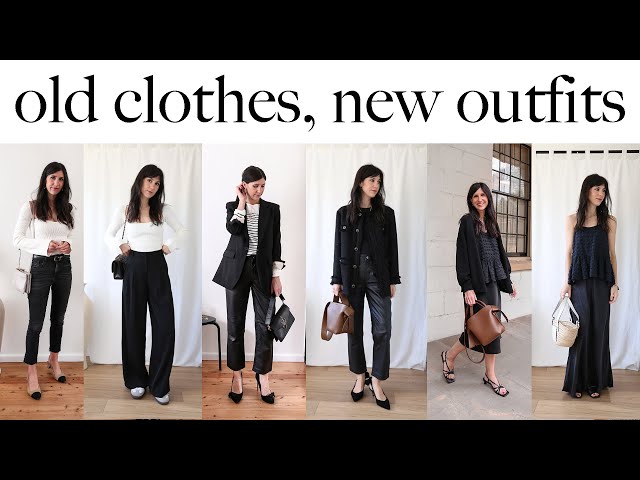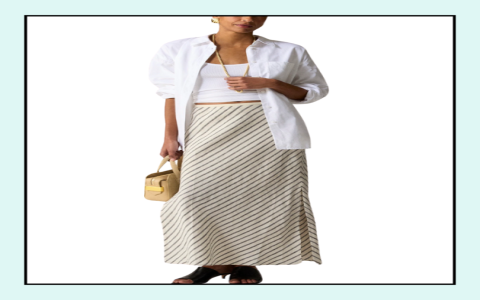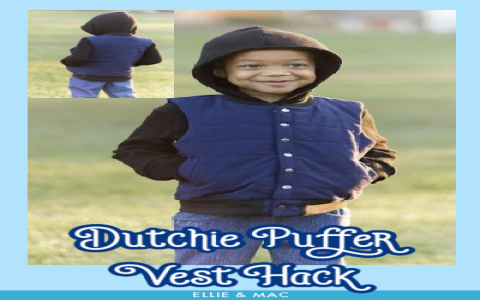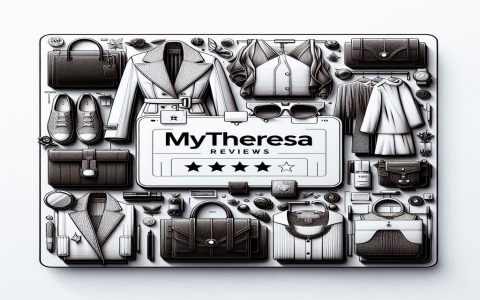So, I’ve been messing around with this idea for a while, trying to build an outfit generator. It all started because, honestly, I’d just stare at my closet some mornings and my brain would completely freeze. I thought, “There has to be a better way, right?”

Getting Started – The Messy Beginnings
First off, I figured I needed a list of my clothes. Sounds simple, but man, that was a task. I didn’t want to just type everything out. I tried taking pictures, but then what? How does a computer understand a picture of a shirt? That was my first big wall. I spent a good few evenings just trying to figure out how to categorize things. Is a “blue t-shirt” different from a “navy crew neck”? For a computer, yeah, it kinda is.
I ended up making a super basic spreadsheet. Columns like ‘Type’ (shirt, pants, shoes), ‘Color’, ‘Style’ (casual, formal-ish), and maybe ‘Season’. It was clunky, super manual. I’d sit there after laundry, adding new stuff or marking things as dirty. Not exactly high-tech, I tell ya.
Trying to Make it “Smart”
Okay, so I had my data, more or less. Now, how to make it actually generate outfits? My first thought was just random combinations. Pick a random shirt, random pants, random shoes. You can probably guess how well that went. I got some seriously weird outfits. Like, a winter scarf with summer shorts. Not a good look, even for me.
So, I realized I needed rules. This was the real head-scratcher. How do you even define “what goes with what”? I started simple:
- Don’t mix too many bright colors.
- Try to match shoe formality with pant formality.
- Weather appropriate stuff – no heavy sweaters in summer data.
It was all just a bunch of `if-then` statements in my head, which I then tried to translate into some basic logic. I wasn’t using any fancy AI or anything. Just good old-fashioned conditional logic. If the weather is “cold,” then only show “winter” items. If the top is “bright red,” then maybe suggest “neutral” pants.

The “Aha!” Moment (Sort Of)
After a lot of trial and error, mostly error, I got it to a point where it wasn’t suggesting total disasters. The big change was when I started thinking about “core items.” Like, if I pick a pair of blue jeans, what generally works with blue jeans? Then it narrows down the options for tops and shoes. It felt less random and more like how a person might actually get dressed.
I also added a feature to “lock” an item. So if I knew I wanted to wear a specific jacket, I could tell the generator, and it would build the rest of the outfit around that. That actually made it way more useful.
Where It’s At Now
So, what I have now is… well, it’s a thing. It’s not going to win any fashion awards, and it still needs me to keep that clothing list updated, which is a pain. Sometimes it still gives me suggestions that are a bit… “out there.” But, on those mornings when I’m just not feeling creative, it can actually spit out a decent, wearable combination. It’s more of a helper than a full-blown stylist, you know?
It’s definitely a work in progress. I still tinker with the rules. Maybe one day I’ll figure out a better way to get my clothes into the system. For now, it’s a fun little project that actually solves a real, albeit small, problem for me. And hey, I learned a lot about how complicated even simple decisions, like picking an outfit, can be when you try to make a computer do it.




